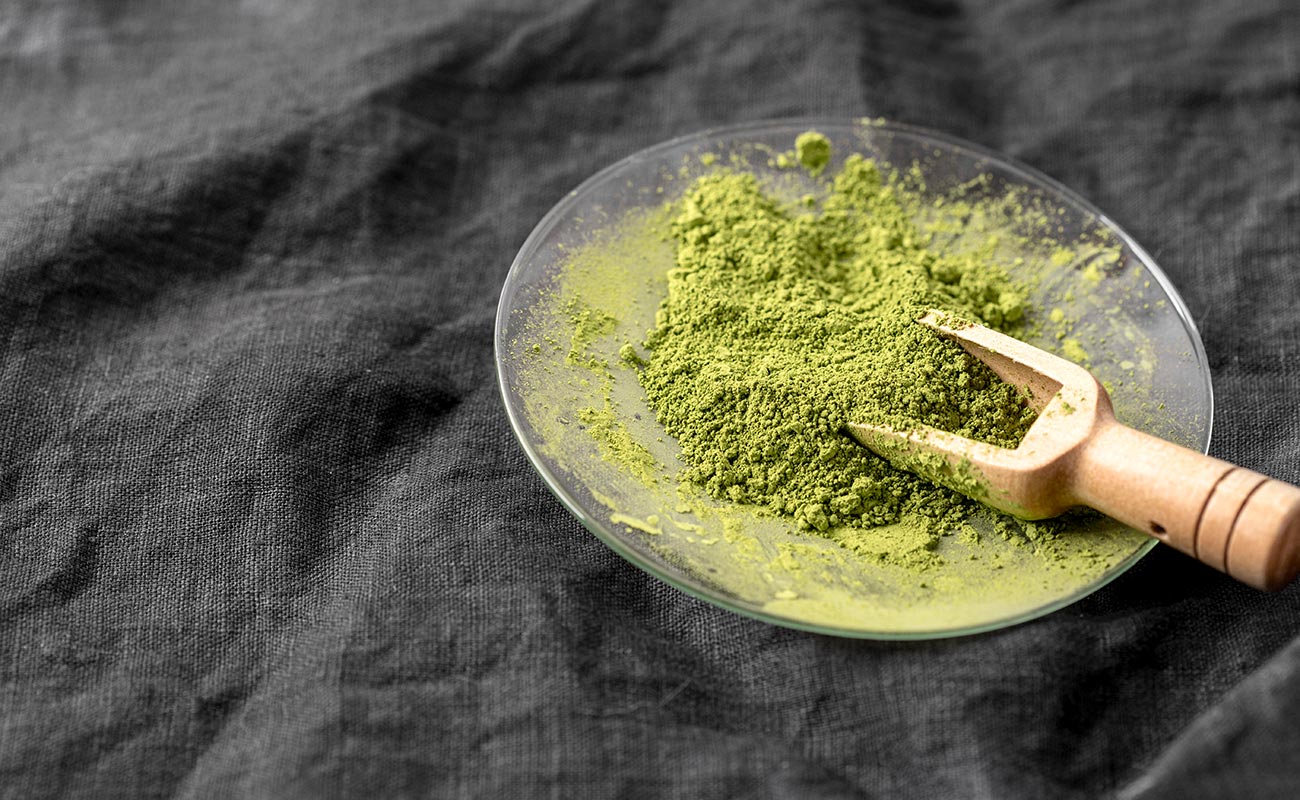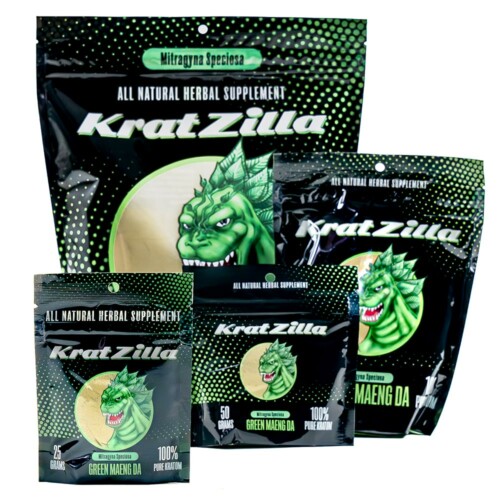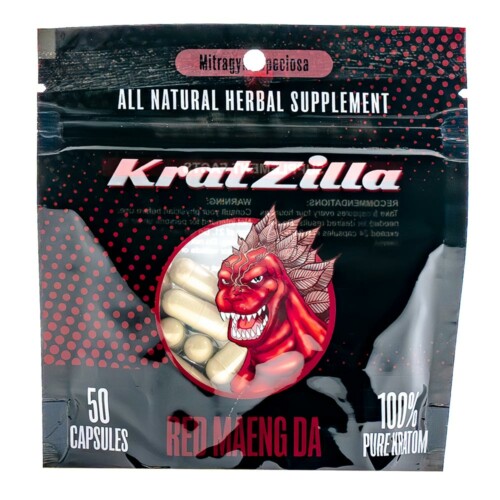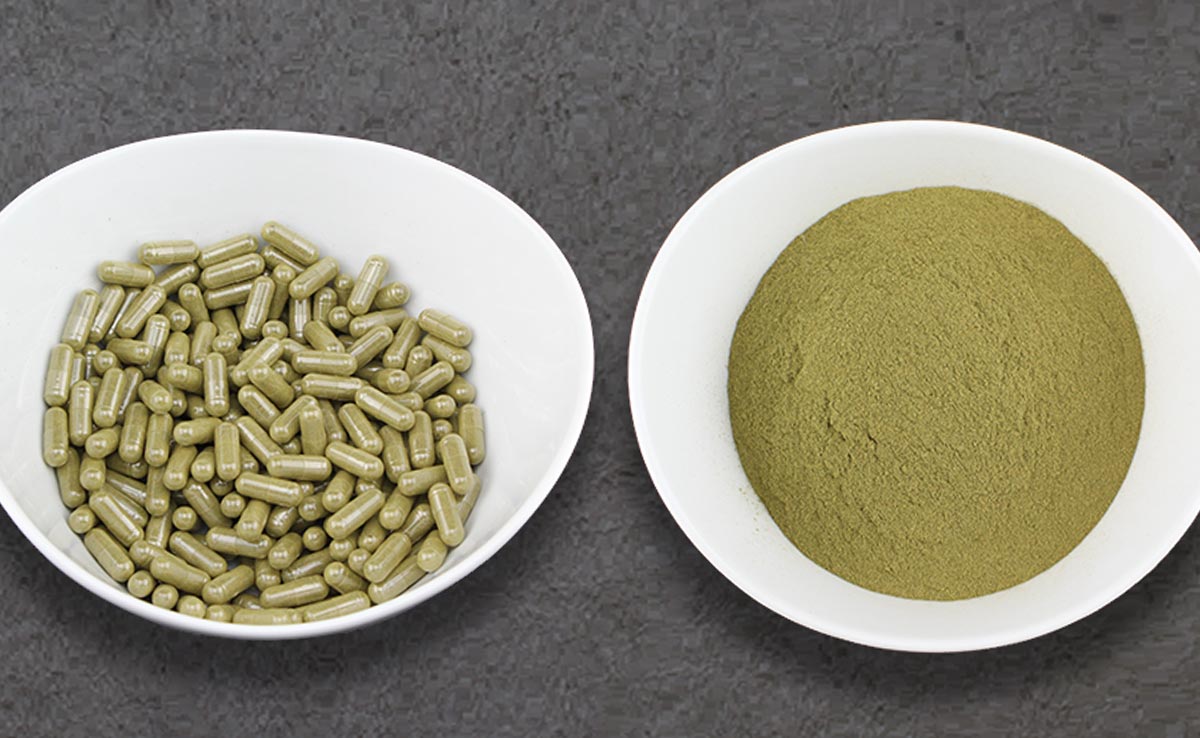The optimum amount of kratom to take depends on the desired effect, among other variables. This is because kratom’s effect profile changes depending on the amount consumed.
This means an optimum dose of kratom can lie anywhere between two and eight grams.
Kratom Doses
Here’s a general guide to kratom dosages, and the effects they induce.
Low dose (1 to 3 grams)
Similar in effect to two strong coffees, kratom at this dose has mild stimulant effects.
Moderate dose (3 to 5 grams)
Kratom at moderate doses has energizing effects, helps sharpen focus, and offers mild pain-killing properties.
High dose (5 to 8 grams)
At this dose, kratom has strong pain-killing properties, acts more as a sedative, and provides mild euphoria.
Heavy dose (8 to 12 grams)
Not recommended for beginners, heavy doses of kratom are only advisable for severe issues, such as insomnia and acute pain.
In general, the optimum amount of kratom to take for those looking for an energy boost is a low-to-moderate dose, while those seeking pain relief or help with sleeping issues would prefer a high dose.
However, the question of optimum kratom dosage is more complex than this. Everyone reacts differently to kratom, and it is used for very different purposes, so optimal dosages depend on multiple factors.
In this guide, we’ll outline what you need to know about the intricacies of dosing kratom.
What is an optimal kratom dose?
That’s the general guidance on kratom doses, but an optimal dose varies from person to person. There are three key factors at play here:
- Size and weight
- Desired effects
- Tolerance
These are the main factors, but there are other important considerations you should also keep in mind. These include your metabolic rate, how recently you’ve eaten, and the particular strain of kratom you’re consuming.
The most important distinction in a kratom strain’s effect profile is that between its stimulating and sedative effects.
As a general rule of thumb, a stimulating and a sedating dose of kratom can be broken down as follows:
Simulating kratom doses work out at around 0.025 grams/pound of body weight. So, an optimal stimulating dose for someone weighing 165 pounds would be around 4.125 grams of kratom.
Sedating or painkilling doses require a larger amount of around 0.04 grams/pound of body weight. So, for the same person, a sedating dose would be around 6.6 grams.
As a beginner, it’s advisable to err on the side of caution. Start slowly, and progressively increase the dose until you attain the desired effects.
Optimal kratom doses for different desired effects
Kratom is a versatile plant that has many potential uses and benefits. In this next section, we’ll cover the optimal dose of kratom in greater detail with respect to the desired effects.
Optimal kratom dose for pain
Kratom helps with pain relief through the activity of the alkaloids mitragynine and 7-hydroxymitragynine, which bind to receptors in the body that suppress pain sensitivity.
Here’s a general guide to kratom doses for pain depending on its intensity:
- Mild pain (2 to 4 grams)
- Moderate pain (3 to 5 grams)
- Severe pain (5 grams or more)
Examples of painful conditions that may be relieved with kratom include arthritis, fibromyalgia, rheumatism, burns, cuts, fractures, headaches, stomach aches, and muscle strains.
Optimal kratom dose for anxiety
Many people use kratom to help treat anxiety, and it is especially crucial to get the dose right for this condition.
Too little can be stimulating and lead to increased anxiety, while too much may result in side effects that also heighten anxiety.
In general, a dose of between 3 and 4 grams of kratom is recommended for managing anxiety, but it is important to determine your personal optimal level. If, after one hour, you find this isn’t helping your anxiety then take another gram and wait another hour. At this point, be cautious about taking any more.
Optimal kratom dose for depression
Kratom can improve mood and alleviate the symptoms of depression at various doses. Those who prefer the stimulating effects to combat depression use lower doses, while others may feel the euphoric, sedative qualities of kratom at higher doses are more effective at relieving depression.
Here’s a general guide to kratom dosages for managing depression:
- Mild depression (1 to 2 grams)
- Moderate depression (2 to 4 grams)
- Severe depression (4 or more grams, but medical counsel is advised)
Optimal kratom dose for boosting energy and focus
Kratom is extremely effective at boosting energy and focus, which is why it has traditionally been popular among manual laborers across Southeast Asia.
To achieve these effects, a low dose of kratom is required. Somewhere between 2 and 4 grams should be sufficient, although some people feel a microdose of just 1 gram is enough to feel more energetic and focused.
Either way, it’s important not to take too much. Once you start taking doses greater than 4 grams, the effects tend to flip and it becomes harder to concentrate.
Optimal kratom dose for managing opiate withdrawal symptoms
Since kratom’s alkaloids bind to the same receptors as opiates, many opiate users have turned to kratom to help manage opiate withdrawal symptoms.
Though research into this field remains tentative, reports suggest kratom is effective at inhibiting opiate cravings, while helping the user to remain productive and emotionally stable.
It is difficult to determine a precise dose of kratom for opiate withdrawal but, in general, higher doses of 5 grams or more are typically used.
However, it’s a good idea to start with two to three grams, then wait to see if the withdrawal symptoms subside. If they haven’t after one hour, then you can try the same dose again.
It’s not recommended to take more than 8 grams without medical guidance. This is advisable in any case as opiate addiction is extremely serious and, even though kratom is less addictive, it is important not to replace one abused substance with another.
What’s the best way to measure kratom doses?
It’s all very well knowing the optimal doses of kratom, but how do you measure them?
Unless you purchase kratom in capsules, where the doses have already been determined, you likely have kratom in the form of a powder.
To accurately measure doses of kratom you need a small scale, which you can buy on Amazon or at a head shop for less than $20.
Using a scale rather than measuring out kratom with a tablespoon means you won’t be misled by the grind level of your powder. Finely ground kratom, for instance, contains a lot more active substance than coarsely ground kratom while taking up the same volume.
Is it possible to take too much kratom?
Kratom doesn’t cause serious side effects when used in moderation, which is why responsible dosing is important.
However, some people make the mistake of taking too much to be sure they feel its benefits. This can result in something called the kratom wobbles whose symptoms include dizziness, nausea, and loss of muscular coordination.
There are also reported instances of mild side effects even at lower doses. This may include loss of appetite, fatigue and dehydration.
It’s recommended, therefore, to ensure you are well-fed and hydrated before using kratom as this will minimize the occurrence of undesirable side effects.
Optimal kratom doses: A summary
The range of optimal kratom doses can be anywhere between two (or even lower) and eight grams of kratom, depending on multiple factors including the desired effects.
In general, take a low dose and you’ll feel a similar buzz to drinking two cups of strong coffee. Take a moderate to high dose and you’ll feel relaxed. But if you take a heavy dose you may end up feeling dizzy and nauseous.
This is only general guidance though. The best way to find your optimal kratom dose is to start slowly, pay attention to how your body reacts and, if necessary, gradually build towards a higher dose.
Subscribe
Get 15% off your first order.
Related Posts









